Table of Contents
Ellipsis is a punctuation mark consisting of three dots (…). It’s commonly used in both spoken and written English to show where words have been left out, to create a pause for dramatic effect, or to show an incomplete thought. Learning about the ellipsis is essential for clear and engaging communication in English. In this guide, we’ll discuss what an ellipsis is, when to use it, and how it can improve your writing.
What is an Ellipsis?
An ellipsis (…) shows missing words or an unfinished thought. It creates a pause or suggests something is left unsaid.
Examples:
I was going to explain, but… never mind.
She looked around… then walked away.
I wanted to say something… but I hesitated.
When to Use an Ellipsis
An ellipsis is used to create a pause, show omitted words, or indicate an unfinished thought. Here’s how and when to use an ellipsis effectively in sentences.
1. Indicating Omitted Words in Quotations
When quoting someone, you might need to leave out unnecessary details or irrelevant information. An ellipsis is used to show that part of the text has been removed, keeping only the main idea.
- The committee discussed various issues … but ultimately decided to proceed with the original plan.
2. Showing an Unfinished Thought or Sentence
An ellipsis can represent an incomplete thought, often suggesting uncertainty or leaving something implied. It adds suspense, inviting the reader to think about what might come next.
- I thought I was ready … but I’m not so sure now.
3. Creating a Pause in Dialogue or Speech
In dialogue, an ellipsis can signal a pause, hesitation, or a moment of reflection. This makes writing feel more natural and closer to spoken language.
- I’m just not sure … maybe we should think it over.
4. Suggesting Ongoing or Incomplete Ideas
An ellipsis is also helpful when leaving an idea open-ended. It can imply that there’s more to come or that the thought isn’t fully developed.
- The story doesn’t end here … there’s so much left to uncover.”

Example Sentences with an Ellipsis
| Example Sentence with Ellipsis | Meaning & Effect | Original Sentence (Without Ellipsis) |
|---|---|---|
| She looked out the window … wondering what could have been. | The ellipsis creates a pause, conveying reflection or regret. | She looked out the window and was wondering what could have been. |
| He started to explain, Well, I thought … and then stopped mid-sentence. | The ellipsis shows an unfinished thought, adding suspense and hesitation. | He started to explain, Well, I thought, and then stopped mid-sentence. |
| The meeting was supposed to start at 10 … but no one showed up until noon. | The ellipsis emphasizes the delay, hinting at frustration or disbelief. | The meeting was supposed to start at 10, but no one showed up until noon. |
| If I had known earlier … things might have turned out differently. | The ellipsis suggests regret and lets the reader imagine different possibilities. | If I had known earlier, things might have turned out differently. |
| I wanted to tell him the truth … but I couldn’t bring myself to say it. | The ellipsis indicates hesitation, showing the speaker’s inner conflict. | I wanted to tell him the truth, but I couldn’t bring myself to say it. |
Using an Ellipsis to Show a Thought Fading Away
An ellipsis is often used to show when a speaker or character trails off into silence. This is especially helpful in conveying emotions like uncertainty, hesitation, or when words seem unnecessary because the meaning is implied.
Using an ellipsis in these cases lets the reader sense that something is left unsaid.
1. I thought you would understand …
This sentence leaves the reader feeling the speaker’s disappointment or regret without needing further words.
2. Maybe one day …
The ellipsis here implies hope or possibility, leaving the thought unfinished and open to interpretation.
3. It’s just that …
This usage shows hesitation, as if the speaker is unsure about how to continue, allowing the reader to feel the emotional weight.
4. I was going to tell you, but …
The ellipsis suggests reluctance, showing that the speaker holds back for some reason, perhaps due to fear or uncertainty.
5. There was something I wanted to say …
By trailing off, this sentence hints at an important or emotional thought that the speaker can’t quite express.
6. We could have tried harder …
The ellipsis conveys regret, leaving space for the reader to imagine what might have been different.
7. I don’t know … maybe we should just leave it.
Here, the ellipsis introduces hesitation, indicating that the speaker is unsure or conflicted.
8. You know, sometimes I wonder …
The ellipsis adds depth by showing an open-ended thought, as if the speaker is reflecting deeply or uncertainly.
9. It was all going so well, until …
This ellipsis leaves the sentence hanging, hinting at a sudden change or something left unspoken.
10. If only I had …
This expression of regret feels more powerful when left incomplete, as if the speaker is unwilling or unable to finish the thought.
Common Mistakes with Ellipses
1. Using Too Many Dots
❌ She was thinking…… maybe I should go.
✅ She was thinking… maybe I should go.
2. Adding Unnecessary Spaces
❌ He stopped …and walked away.
✅ He stopped… and walked away.
3. Overusing Ellipses in Formal Writing
❌ The results suggest… that more research is needed.
✅ The results suggest that more research is needed.
4. Using Ellipses Instead of Periods or Commas
❌ She went to the store… bought some fruit… then left.
✅ She went to the store, bought some fruit, then left.
5. Changing the Meaning of a Quotation
❌ “She said… I don’t care.”
✅ “She said, ‘I don’t care.’”
Why Ellipsis Are Important
Ellipses are important because they help show pauses, hesitation, or unfinished thoughts in writing. They create suspense, add emotion, and allow readers to use their imagination. Writers use them to make sentences more engaging and meaningful. Ellipses can also suggest something left unsaid, making the reader think more about what is being implied.
FAQs About Ellipses
Can I use more than three dots in an ellipsis?
No, an ellipsis always has exactly three dots (…); never more or less. Adding extra dots is incorrect.
Should there be a space before and after an ellipsis?
No space before an ellipsis, but one space after when continuing a sentence (e.g., “She paused… then spoke.”).
Can I use an ellipsis at the beginning of a sentence?
Yes, but it’s rare. It’s mainly used in literature or creative writing to indicate that something is being left unsaid.
Are ellipses appropriate in formal writing?
In formal writing, ellipses should only be used to show omitted text in quotations. For pauses, use commas or dashes instead.
You May Also Like



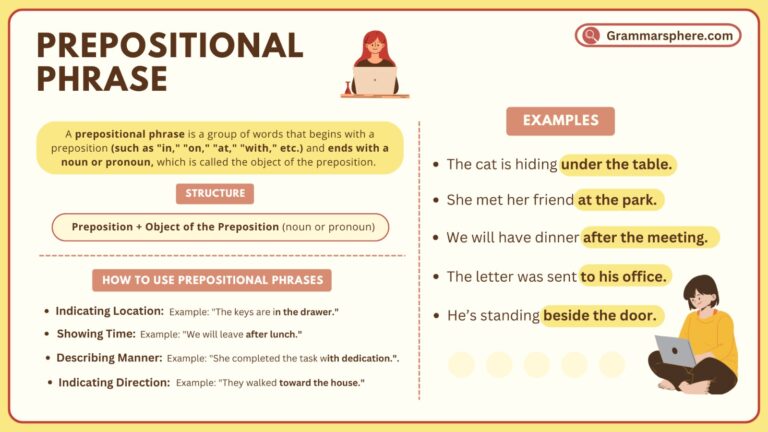
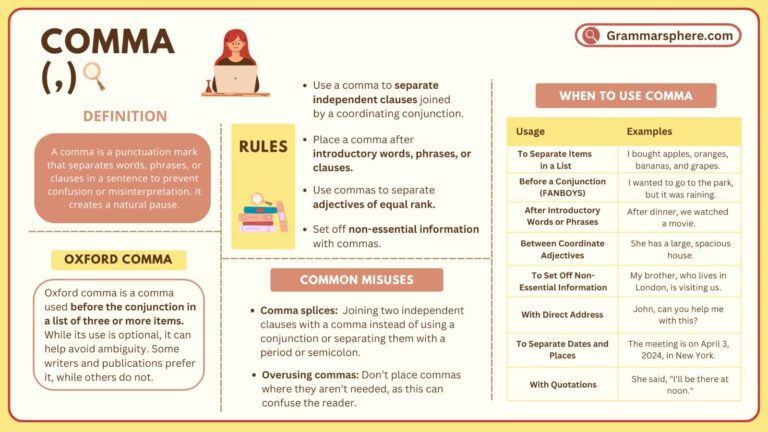
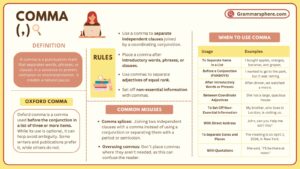

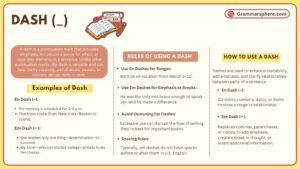
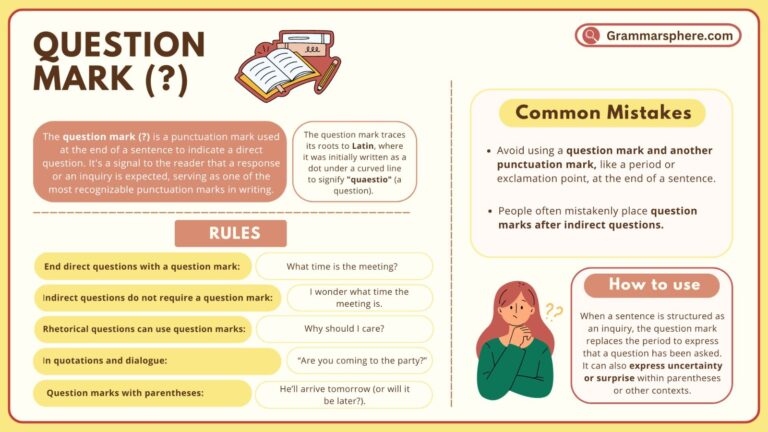
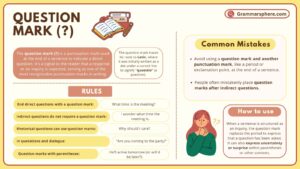
Leave a Comment